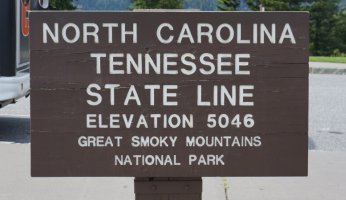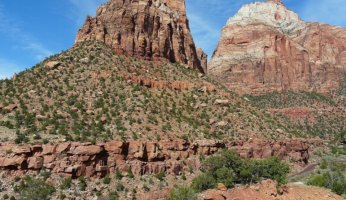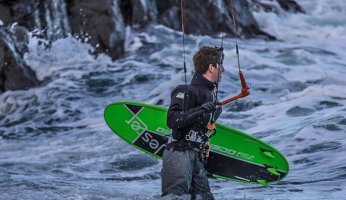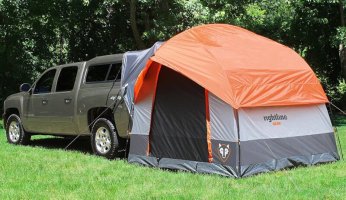The National Parks – Glacier
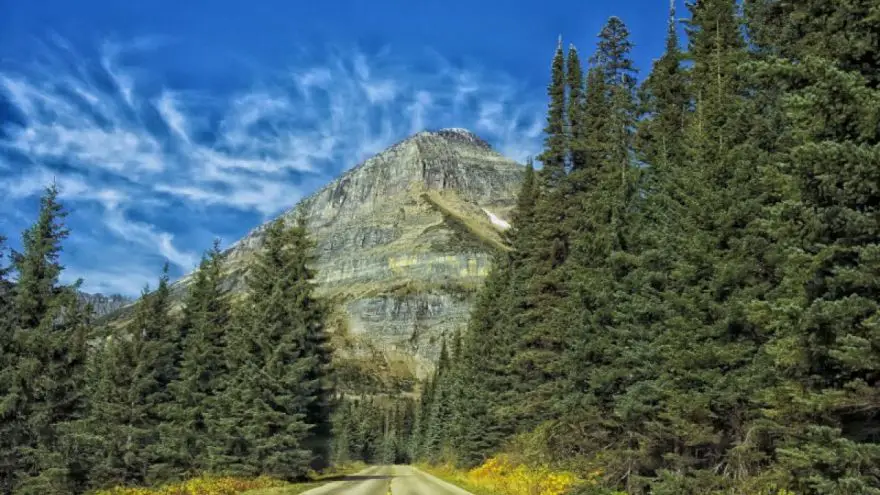 The National Parks – Glacier
gearweare.net
The National Parks – Glacier
gearweare.net
Nowhere is there a better place to experience the rough, unique landscape of the Northern Rockies than in Glacier National Park. The park gets its name from the many glaciers found within when it was established in 1910. Glaciers are blocks of compressed ice and snow that are large enough and heavy enough to shift across the ground under their own weight. In Glacier National Park they must also be at 25 acres in size, which has been determined as the minimal size needed to push the earth.
Over time a glacier’s progression causes gashes in the landscape. In Glacier, the signs of glaciation are everywhere. U-shaped and hanging valleys, features on top of the mountains like arêtes, horns, cirques, and tarns, and high alpine bodies of water like paternoster lakes and moraines, are all abundant signs of the movement of ice through Glacier National Park (more information on these geologic features can be found on the National Park Service website).
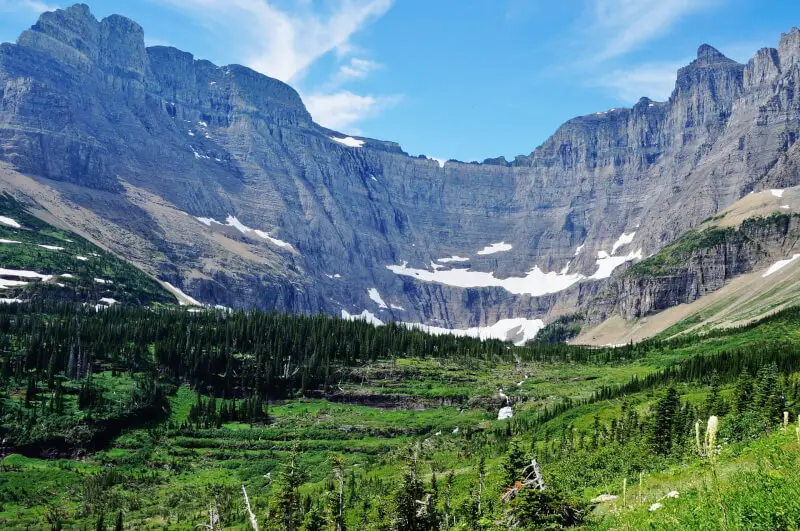
Sadly, as easy as it is to find the signs of glaciers here, it has become hard to find the glaciers themselves. As of 2016, only 26 of the original 150 ice masses are still large enough to be considered glaciers at all. Glacier National Park is clearly experiencing climate change at an accelerated rate, and has become an important local for current climate science. The receding ice is monitored and tracked, and the effects of the net loss in glacier mass is analyzed to determine the possible effects to water availability and ecosystems. Since this area contains headwaters for streams that eventually flow into the Pacific Ocean, the Gulf of Mexico, and the Hudson Bay, the information gleaned from climate research done here directly affects not only the local wildlife and environment, but communities in every corner of the country.
As you explore Glacier National Park, it is important to keep the nature of this changing environment in mind. A visit here has become more than a chance to experience the great outdoors; it is now an opportunity to see the changes happening to our planet in real time. Read on for some of the best ways to experience Glacier National Park.
Table of Contents
Logan Pass
At an elevation of 6,646 feet above see level, Logan Pass is the highest point in Glacier National Park that can be reached by car. Here you will find a large alpine meadow nestled below Reynolds Mountain and Clements Mountain. This spot is especially worth visiting in the spring and summer, when the wildflowers are in full bloom. During this time of year, expect the fields to be painted with color, as a surprising number of flowers thrive in this subalpine environment.
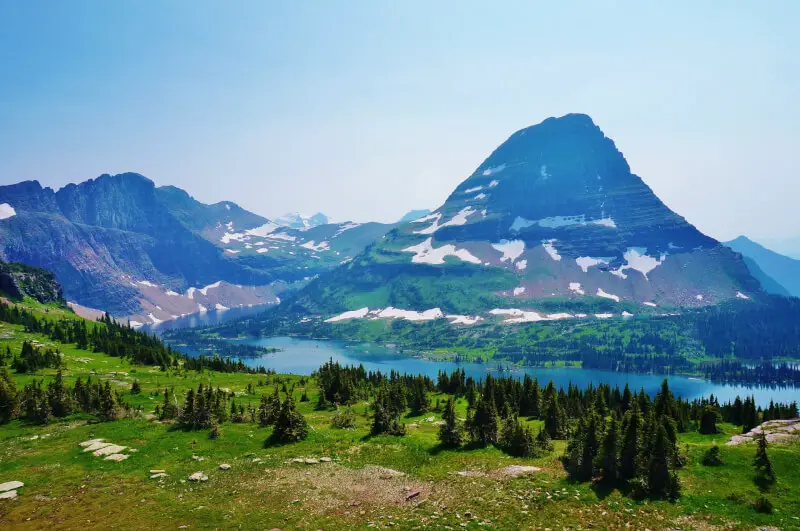
To get to Logan Pass you must drive the Going-to-the-Sun Road. The road bisects the entire park, from west to east, and is a two-way paved highway it’s entire distance. Along the road, you will pass through many different environments and by many notable landmarks, making for an incredibly scenic drive. Once on top of Logan Pass you will find access to day hikes as well as the greater trail system of Glacier National Park. Two popular day hike options are the Hidden Lake Trail (2.6 miles), and the Highline Trail (7.6 miles).
Lake McDonald Valley
This area of Glacier National Park is one of the best for viewing the effects of glaciers on even the toughest rock. Lake McDonald is 10 miles long and sits in a massive U-shaped valley, a direct result of a glacier moving across the valley floor. In the lower parts of the mountains that tower thousands of feet above the surface of the lake, you can also find numerous hanging valleys.
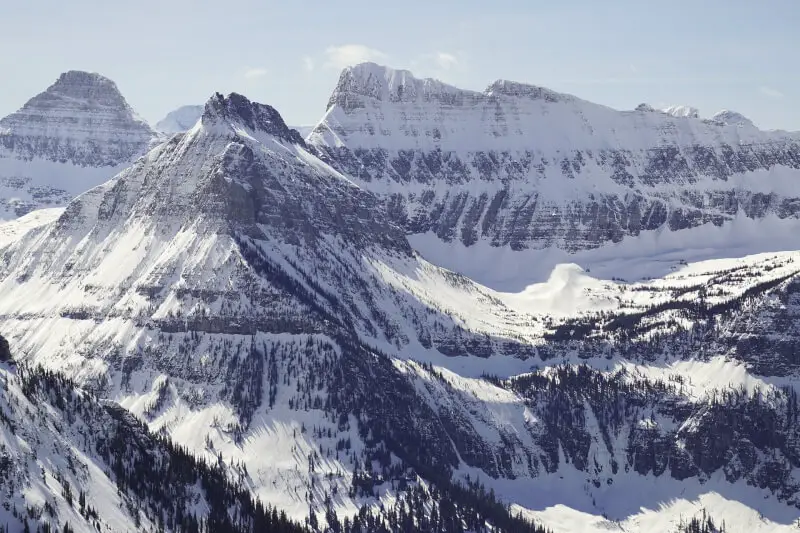
In the Lake McDonald Valley, there are tons of hiking trails. The difficulty of these trails ranges from a few miles over level ground, to all day ventures where you climb thousands of feet. It is also possible to explore the area on a guided horseback tour or to head out on the lake in a boat. Guided boat tours are available and small boats can be rented from a few different outfitters. Moreover, Lake McDonald has a large visitor center, and a village area with lodging, restaurants, and other shopping opportunities. The diversity of activities available here makes it the perfect location to visit with the whole family.
Many Glacier
In Many Glacier, you will find everything that makes Glacier National Park distinct. The mountains are huge and still being shaped by active glaciers, there are abundant pristine alpine lakes, and diverse wildlife thrives. Many of the best hikes in the park can be found here. Two of the most popular trails include Grinnell Glacier Trail (10.6 miles round trip), which leads you to Upper Grinnell Lake where there is a viewpoint of Grinnell Glacier, and the Iceberg Ptarmigan Trail (9.6 miles round trip), which passes Ptarmigan Falls on its way to Iceberg Lake. Besides these two trails, there are ten other hikes in Many Glacier than can be done in a day.
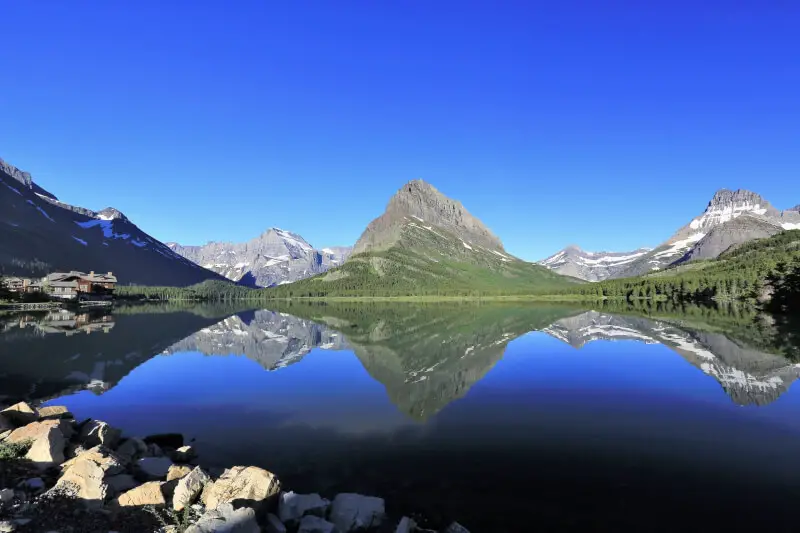
Many Glacier is also a great staging area a backcountry trip into the park. The adventurous, who are willing to spend a few days in the wilderness of Glacier National Park will be rewarded with many more glacial vistas.
Goat Haunt
To reach Goat Haunt from the south, you must walk. Located just below the Canadian border, anyone who entered Rocky Mountain National Park from the US has to pass through the wilderness by foot to get to this area. The other, more commonly used, way to reach this Goat Haunt is by boat from the Canadian side of Waterton Lake. Waterton Lakes National Park is just over the border, and in 1932 it and Glacier National Park were declared the world’s first International Peace Park. Citizens of the US and Canada can both move throughout the two parks freely.
Getting to Goat Haunt will require multiple days of travel through the backcountry. Scattered throughout Glacier National Park are 65 camp grounds. Camping must be confined to these areas. Also, make sure to get a permit before heading into the backcountry. Where you travel, sleep, and the number of days you spend in the wilderness will all be specified on this permit.





